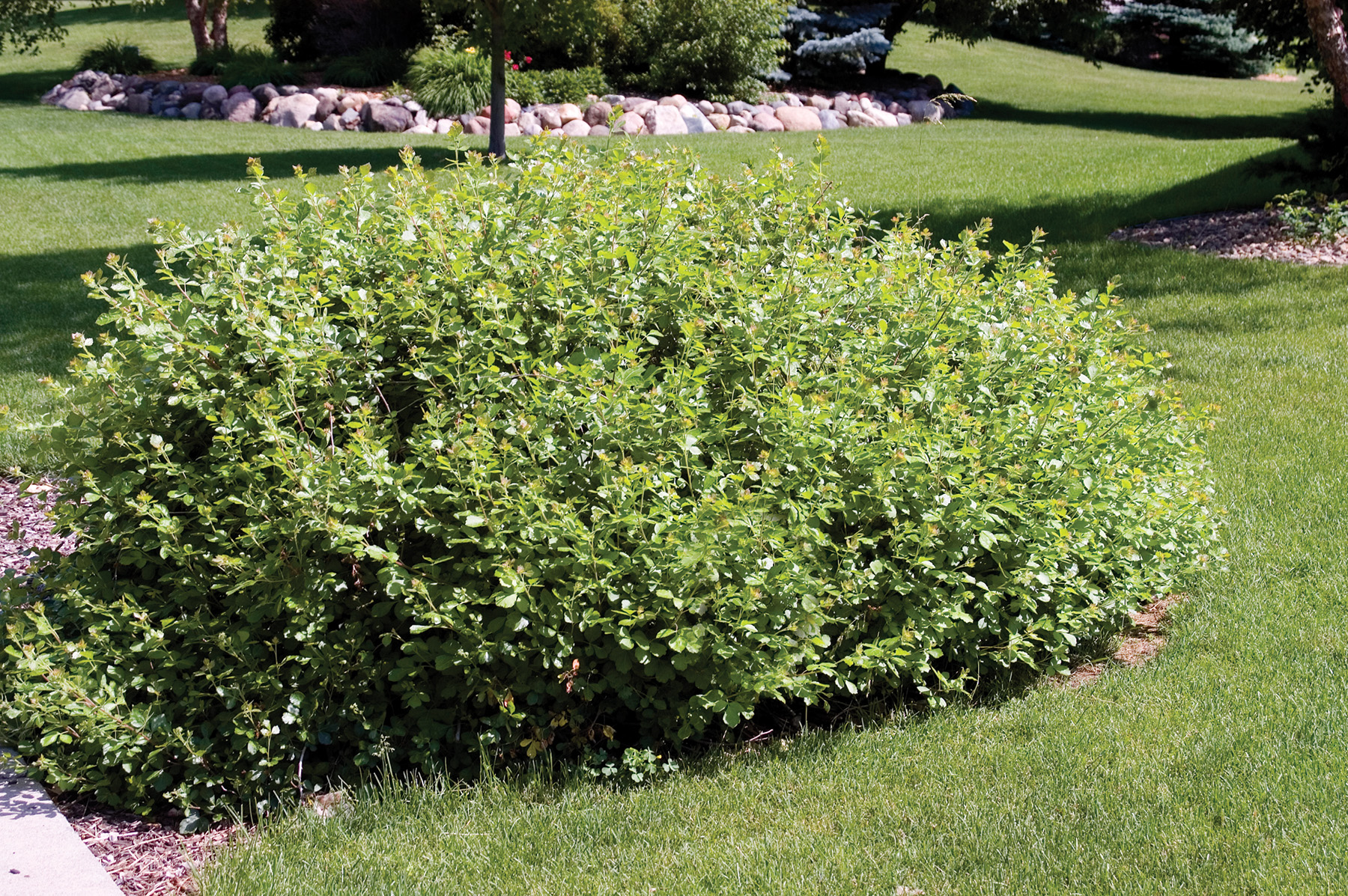Family: Anacardiaceae
Native Region: Canada and the United States (mainly eastern U.S.)
Parts Used:
-
Root
-
Bark
Description:
Fragrant Sumac is a small, deciduous shrub that grows up to 1.2 meters (4 feet) tall and 1.5 meters (5 feet) wide. It blooms in April, and its seeds are ready by September. The plant has separate male and female flowers, so both need to grow nearby for seeds to develop.
It can grow in:
-
Sandy, loamy, or clay soils
-
Dry or moist soil
-
Well-drained soil
-
Acidic, neutral, or alkaline soils
It can’t grow in shade but can tolerate drought.
Medicinal Uses:
-
Leaves:
-
Astringent (tightens tissues)
-
Diuretic (promotes urine flow)
-
Traditionally used for colds, stomach aches, and bleeding.
-
-
Root Bark:
-
Astringent and diuretic
-
Used as a tea for diarrhea and dysentery
-
Applied externally for vaginal discharge, skin problems, and as a gargle for sore throats
-
Should be avoided if there's inflammation.
-
-
Fruits:
-
Astringent and diuretic
-
Chewed to relieve stomach aches, toothaches, and digestive issues
-
Used as a gargle for mouth and throat problems
-
Help reduce fever and might support treatment for late-onset diabetes
-
-
In Folk Medicine:
-
Used for urinary and kidney problems
-
Helpful in conditions like diabetes, involuntary urination (especially in elderly people), blood in urine (hematuria), and bladder infections (cystitis)
-
Speech Disorder
A speech disorder, also known as a speech impairment...
ADHD
Attention-deficit / hyperactivity disorder (ADHD) is a...
Cerebral Palsy(CP)
Cerebral palsy (CP) is a group of neurological disorders...
Cancer
Cancer is a broad term for diseases where cells...




